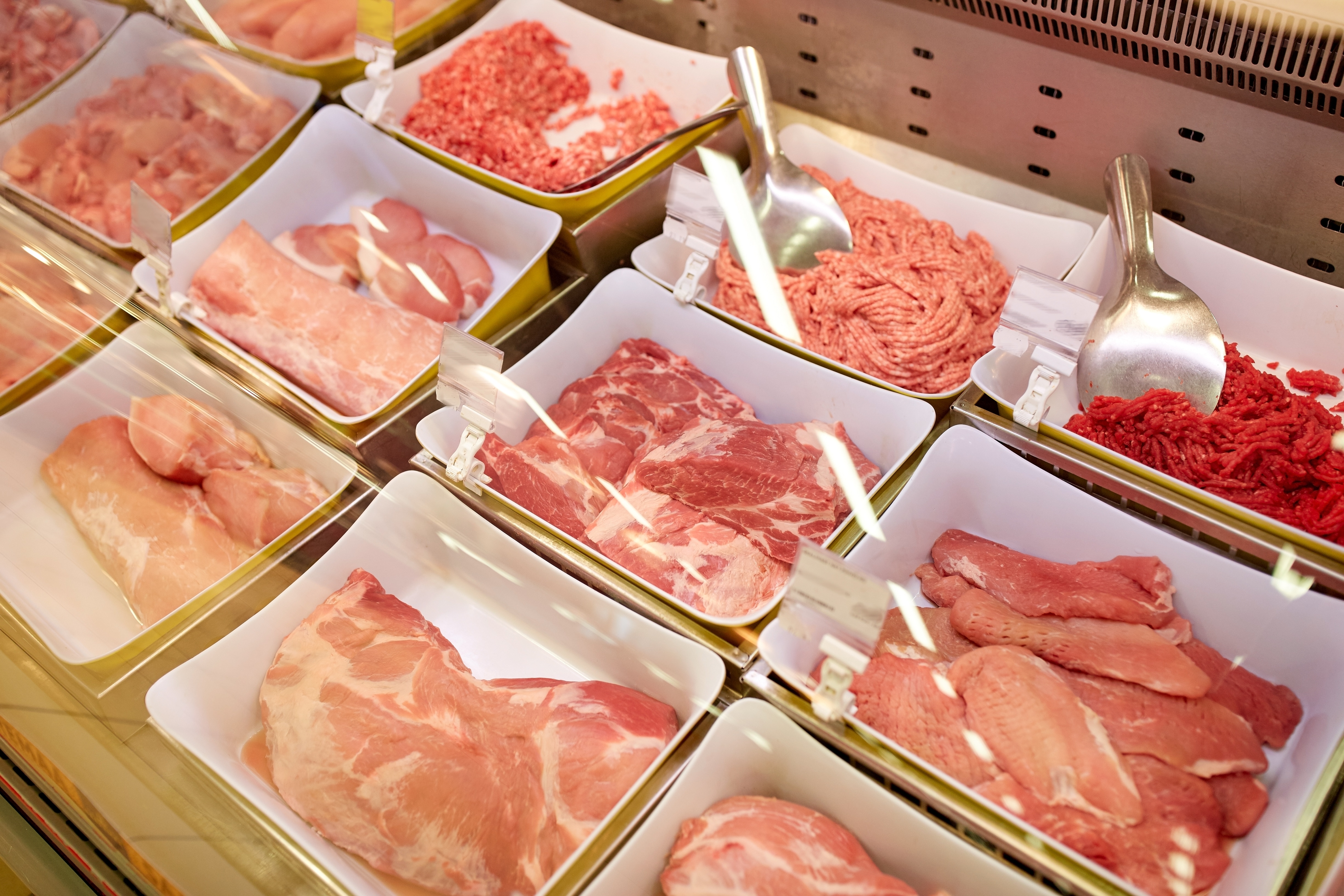
China's Battle With African Swine Fever Is Far From Over
With 21 reported cases of African Swine Fever (ASF) in China’s most hog-dense areas, the conversation is not about if, but rather when the next case will pop up. On AgriTalk, Chip Flory talked with Patrick Webb, director of swine health programs for the National Pork Board, about China’s biosecurity challenges and the U.S. response plan if an ASF outbreak occurs.
“When you take one of the most devastating swine diseases out there and put it in the country with the most pigs in the world, it’s a recipe for disaster,” Webb said.
He estimates China produces 500 to 700 million pigs a year, with 50% of those pigs coming from commercial operations. That leaves a very large number of pigs coming from backyard or smallholdings.
“In backyard operations and smallholdings, the level of biosecurity is probably not where it ought to be,” Webb said. “That becomes a real challenge for the regulatory officials in China. The sheer number of producers they have to interact with, compared to the United States, makes this extremely difficult to get under control.”
Avenues For ASF To Enter The U.S.
Webb affirms that ASF will not naturally invade the U.S.
“We talk about these viruses – ASF, FMD [foot and mouth], CSF [classical swine fever] – and we almost give them a mythical ability to appear,” he says. “It would have to be brought in, it’s not just going to spontaneously pop up.”
However, there are many potential avenues for the disease to enter the U.S., Flory said.
Although no one wants to talk about it, people could bring the virus to the U.S. deliberately. In other situations, a casual traveler could bring back meat contaminated with the virus or it could enter through illegal importation of contaminated meat products. Webb added we can always elevate our level of awareness and preparedness.
For example, recent research by Scott Dee, DVM, and others shows how viruses survived transportation in different feed ingredients within an experimental model. Read more about Scott Dee in the October issue of Farm Journal’s PORK.
“Traditionally, the risk was from the virus being in meat and meat products,” Webb said. “Now we have to assess this new risk and look at the route that feed inputs potentially could play.”
A Response Plan For ASF
Webb encourages people to check out the USDA’s website to learn more about what the USDA will do in the face of an outbreak. Each state has a response plan as well that is designed to coordinate with USDA’s plan, Webb said.
“ASF is tricky, unlike Foot and Mouth Disease and Classical Swine Fever, where there are vaccines, ASF doesn’t have a vaccine,” Webb said. “This is a disease where you have to use disease control measures, stop movements, quarantine, and implement high levels of biosecurity to control it. You don’t have another tool in your toolbox.”
At the state level, the first thing the state will do is set up a disease control area, Webb said. The state vet is going to have to find all of those holdings that have pigs in addition to determining where pigs could pass through, like a packing plant, buying station or sale barn. The second thing need to do is communicate. They will need to share the new rules, explain what can and can’t happen, help people understand what to look for, and most importantly, inform people how to report the disease if they think they have it.
If ASF Breaks In The U.S.
“The minute that we have ASF, our status in the country of being ASF-free goes away,” Webb said. “States would have to start developing a status – and that means surveillance testing in the area.”
To stop movement of the disease, the first step would be euthanasia, followed by disposal, and then cleaning and disinfection at the site of infection.
Webb said the ASF strain in Russia and the eastern and western US, and most likely the one in China, is pretty virulent and will likely cause death in infected animals.
So, what about exports?
“We would see in that first year, due to the fact that we will be shut out of our export markets, an $8 billion loss in revenue to the pork industry, $4 billion to corn, and $1.5 billion to soybeans.” Webb said.
Listen to the full audio report to hear more discussion about ASF and China.



